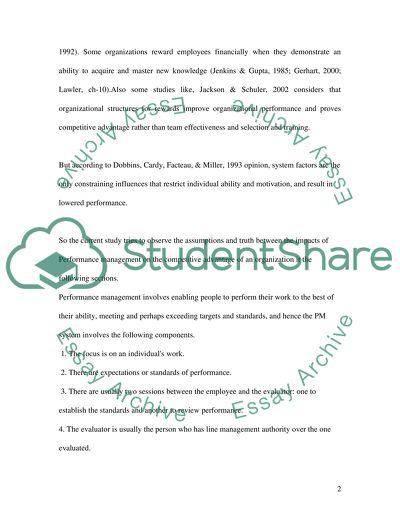Cite this document
(“Performance management is key to achieving sustained competitive Essay”, n.d.)
Retrieved from https://studentshare.org/miscellaneous/1534813-performance-management-is-key-to-achieving-sustained-competitive-advantage
Retrieved from https://studentshare.org/miscellaneous/1534813-performance-management-is-key-to-achieving-sustained-competitive-advantage
(Performance Management Is Key to Achieving Sustained Competitive Essay)
https://studentshare.org/miscellaneous/1534813-performance-management-is-key-to-achieving-sustained-competitive-advantage.
https://studentshare.org/miscellaneous/1534813-performance-management-is-key-to-achieving-sustained-competitive-advantage.
“Performance Management Is Key to Achieving Sustained Competitive Essay”, n.d. https://studentshare.org/miscellaneous/1534813-performance-management-is-key-to-achieving-sustained-competitive-advantage.


